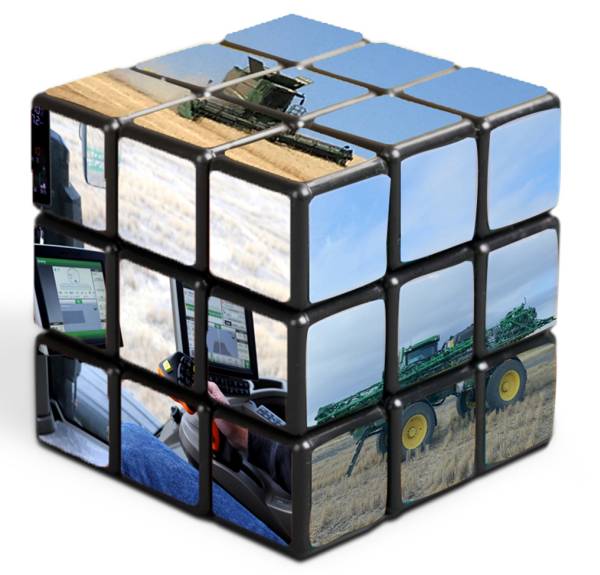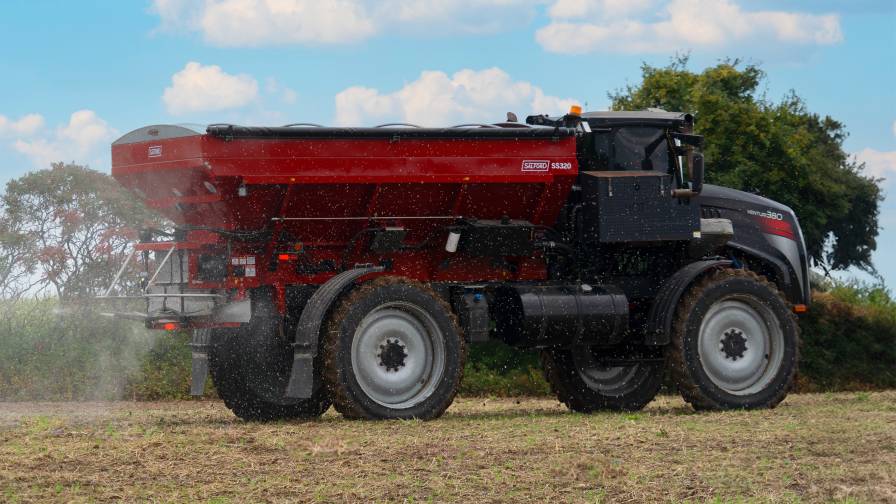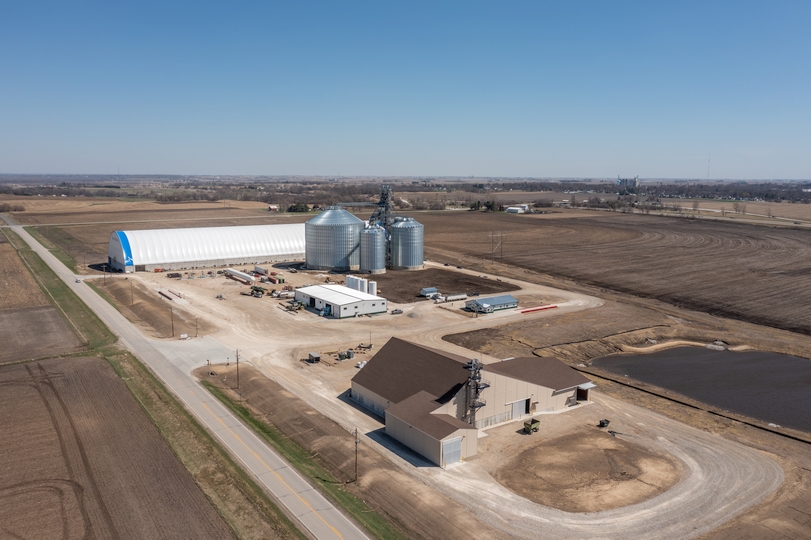4 Important Things the Rubik’s Cube Can Teach Us About Precision Farming
Everyone around in the 1980s knows what a Rubik’s Cube is. This puzzle, which became one of the world’s best-selling toys, was created by a professor of architecture as an exercise to encourage his students to think critically on multi-faceted problems. Now, 40 years later, the Rubik’s Cube is making a comeback. Even my 10-year-old nephew received a Rubik’s Cube this past Christmas.

A farming operation has a lot in common with a Rubik’s Cube, particularly when it comes to precision farming.
Why this newfound interest in solving the puzzle, or “cubing” as it is known? You can credit gaming competitions, but I like to think the resurrection might have something to do with the parallels it has to precision agriculture. Because, when you think about it, a farming operation has a lot in common with a Rubik’s Cube, particularly when it comes to precision farming.
Solving the Rubik’s Cube does not happen by chance or luck, just as having successful growing seasons, year after year, are not the result of chance or luck. Here are four ways the Rubik’s Cube helps us understand how to solve the puzzle of precision agriculture.
1. Everything Is Connected
One of the most important things the art of cubing can teach about precision agriculture management is that one set of issues directly impacts others.
Every cube, layer, and face on a Rubik’s Cube is interconnected. With every move, effects trickle down to the next move as well as the final result (or lack of result). Solving all the cubes of the red side without thought for how it will affect the orange side will make the cube unsolvable.
Likewise, everything that happens on the farm is connected to something else. Planting affects harvest, tillage affects spraying. All the steps growers make in previous years, even decades, affect the final result: yield. The best way to start seeing this and understanding these relationships is through data management and analysis.
I saw this idea play out firsthand during my time working in natural resource management. I recall an instance where a grower moved from a tillage strategy to minimal tillage without fully developing a weed management plan. Changing the operation to minimal tillage had a huge impact on that grower’s weed management, yet they did not adequately adjust their weed management strategy. The grower was spraying the same chemistry, just at a much higher frequency. This “strategy” did not effectively get rid of weeds, instead it resulted in pesticide resistance. Not recognizing just how big a role tillage played in that grower’s weed management set the foundation for a failed outcome.
2. Multi-Variate Management
Every Rubik’s Cube, no matter its size, has cubes coded with various colors. Likewise, every farm, no matter its size, has a variety of activities that need to be tracked and managed.
The Rubik’s Cube helps to reveal that all farms, regardless of their size, have data from multiple sources that needs to be managed. Therefore, farms of all sizes benefit from that data and strategic mindset. The key is for trusted advisors to understand how to scale data management system and program to meet a grower, at any size.
When working with smaller farms in particular, one method I use is to find out what programs a grower participates in, like a Conservation Stewardship Program (CSP), Farm Service Agency crop programs or even Community Supported Agriculture consumer reporting efforts. These programs often require regular reporting of activities from the grower. Showing them how easy it is to pull reports when they are tracking and monitoring that data is often the game-changer for them. From there, it is much easier to grow their use of technology and data than trying to go in cold.
3. Seeing the Big Picture
Taking a strategic approach to something, just about anything, involves seeing the big picture.
Those who are successful in solving the Rubik’s puzzle put in a lot of work to strategize before ever making a single move. They spend time looking at the cube, assessing its current state and thinking through moves before making one. Every color, every spot on the cube matters to formulating the proper strategy and achieving the end result. With every click, they are constantly reaffirming that their moves align with the cube’s final solving.
A successful precision farming operation involves the same mindset. Growers must take a good, hard look at the farm as a whole. The only way to get this full picture is if growers are documenting all their data in a Farm Management Information System (FMIS).
Some growers only document certain activities in their FMIS. This is understandable because data can be overwhelming. In fact, I often advise growers who are just dipping their toes into the idea of documenting data to only focus on one area to start, such as doing so for reporting purposes as I mentioned earlier.
However, even if a grower does not use all their data now, they should be documenting it. It takes years, several growing cycles to really be able to see and analyze data. All that data being documented now, while maybe not being used now, will be great to have further down the road when they are ready to solve bigger problems.
4. Moving Backward Means Moving Forward
One of the toughest steps in solving a Rubik’s cube is also one of the most challenging aspects of a long-term farm plan. Part of the strategy involved in successful cubing is, sometimes, first moving a cube away from the goal location. Rather than moving a green cube to the face where green cubes are collecting, a strategic move at the time actually might be to move it further away.
It seems counterproductive, but it is crucial to achieving the long-term goal. This is a final, important lesson cubing strategy can teach us about farming strategy: in order to better the operation’s desired outcomes, it may require a move that seemingly goes against the end goal.
It is a hard concept to help growers realize. Even data isn’t the magic bullet to acceptance; good data often ebbs and flows and can also take years to show clear patterns of progress.
The use of fallow years is one of the most jolting and illuminating examples that comes to mind. This practice is best known to be used when growers need to offset costs for a year. The practice of fallow, while in the short-term takes away from the end-game goal of having productive land that makes money, is a smart step in a longer-term soil health play. The moisture retention, the compaction reduction, and the allowances of the organic matter to recover in soil all come about by taking a step back before stepping forward with a new cropping system.
These perceived “steps back” are beneficial, as long as growers do not see them as failures and avoid knee-jerk reactions, but instead are recognized as calculated, positive steps to moving the farm forward.
The resurgence of the Rubik’s Cube may not last. But, at least for now, it presents trusted advisors with a new, nostalgic way to relate the systematic methods to solve a cube with similar steps to “solve” the precision farming puzzle.






